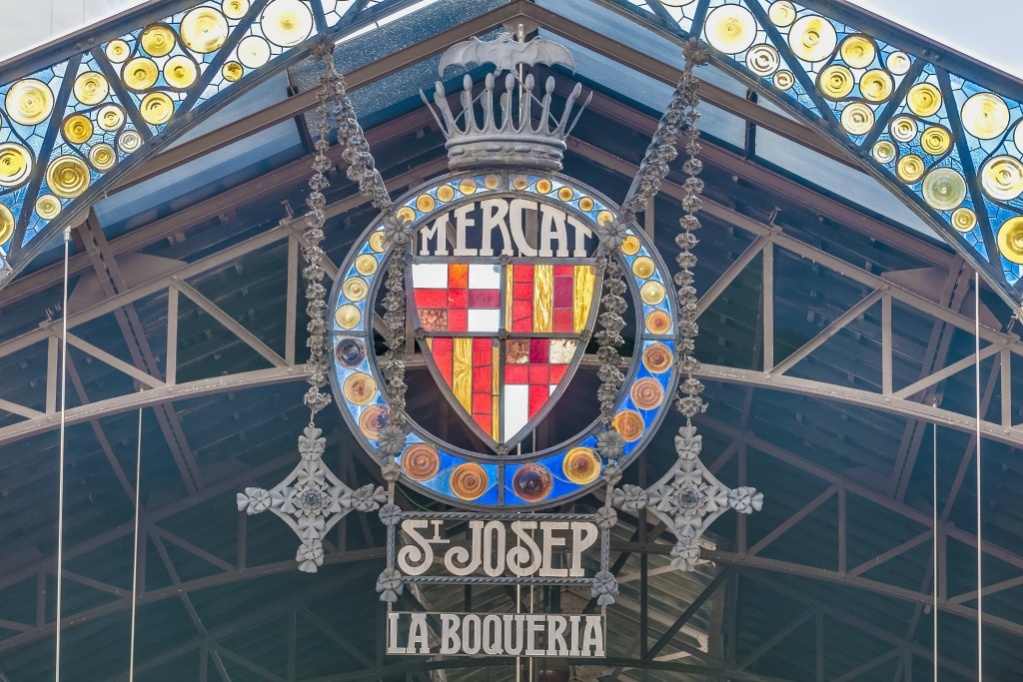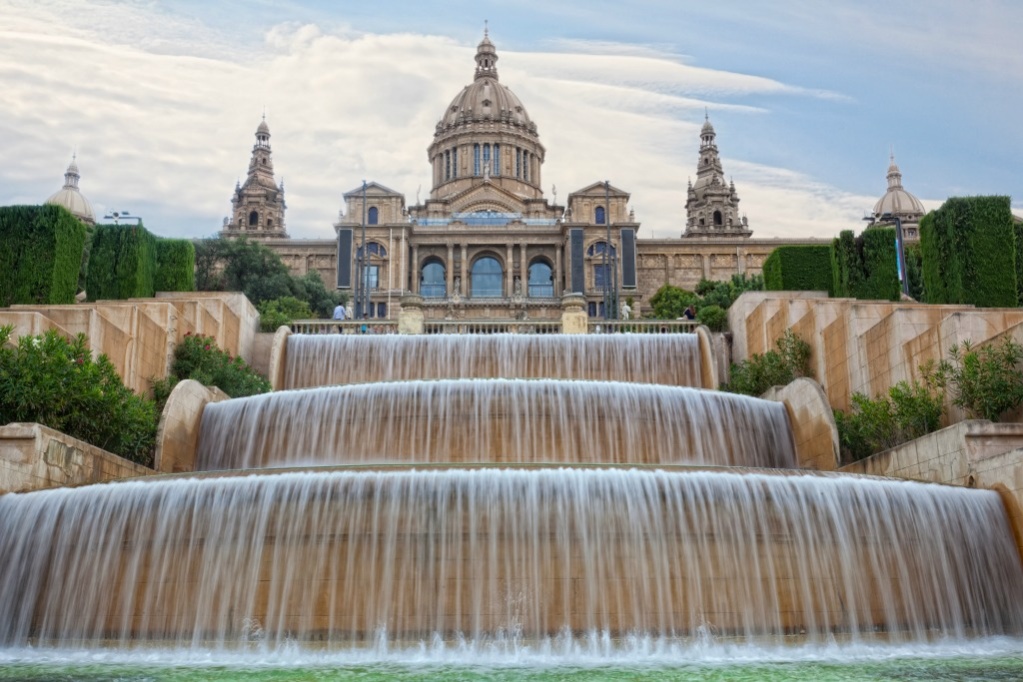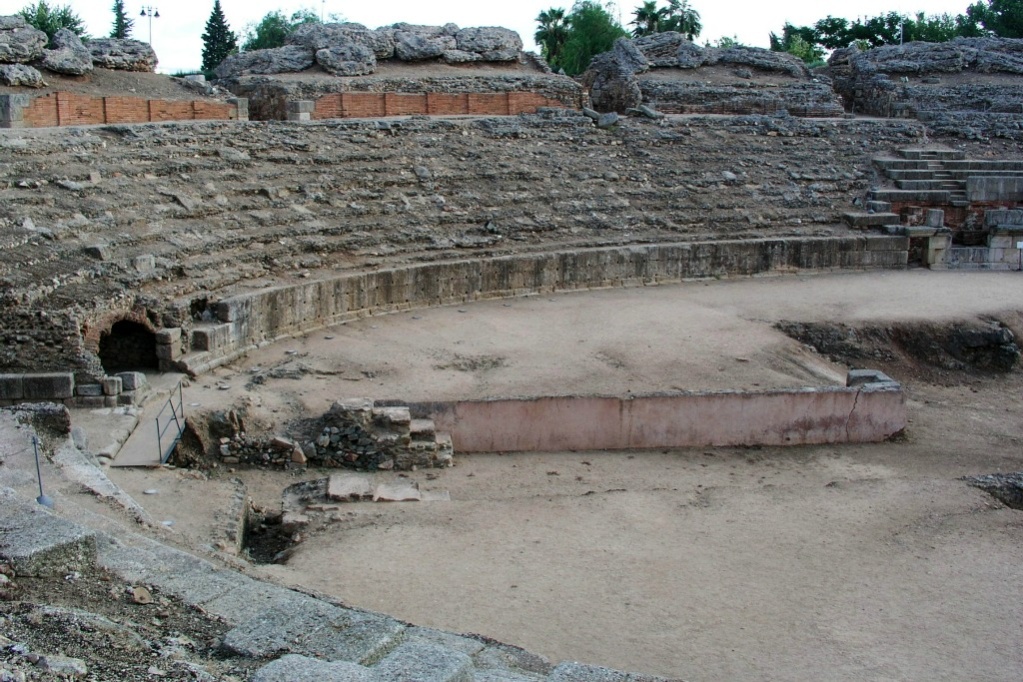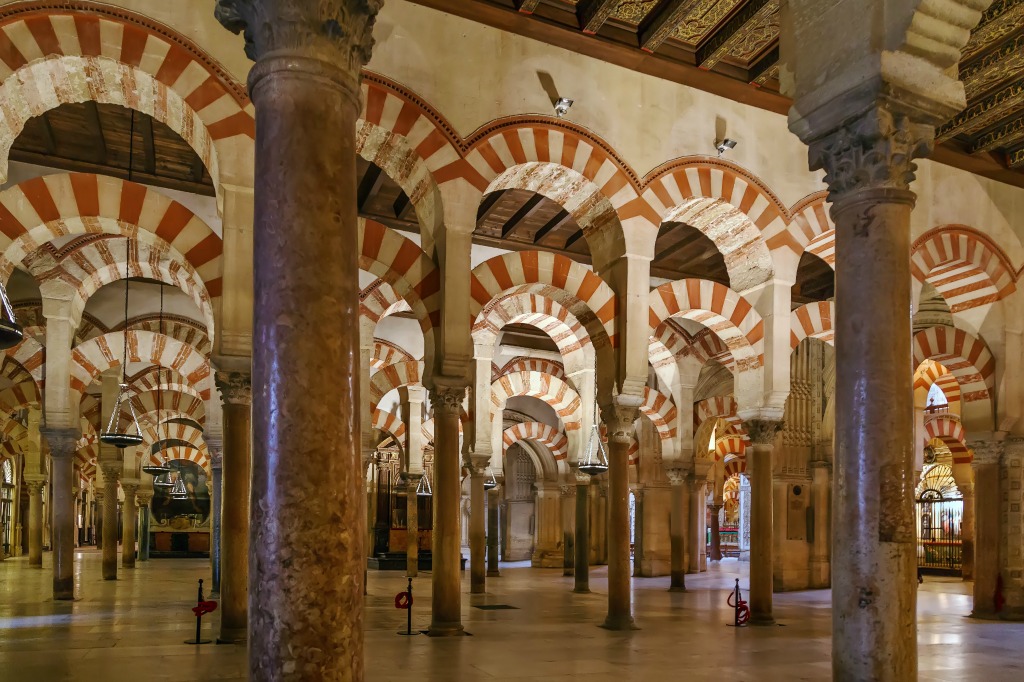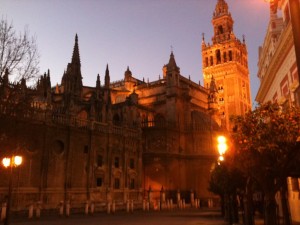Barcelona Spain Travel Guide A Vagabond Life
Barcelona, Spain’s vibrant jewel on the Mediterranean coast, beckons travellers with its captivating blend of history, culture, and modernity. As you set foot in this bustling metropolis, you’ll find yourself immersed in a city that seamlessly combines the architectural wonders of the past with the dynamic energy of the present.
Barcelona’s history is a storied tapestry that dates back over 2,000 years. Founded by the Romans, it evolved through the centuries, witnessing the influences of Visigoths and Moors before becoming a vibrant center of trade and culture during the Middle Ages. One of its most famous periods came in the late 19th and early 20th centuries when visionary architect Antoni Gaudí and his contemporaries left an indelible mark on the city, creating iconic structures like the Sagrada Familia, Park Güell, and Casa Batllo. Barcelona’s role in hosting the 1992 Summer Olympics further propelled it onto the global stage, transforming it into the cosmopolitan and bustling city it is today.
In Barcelona, you’ll traverse the narrow alleys of the Gothic Quarter, bask in the colorful brilliance of Park Güell, and indulge in mouthwatering Catalan cuisine at bustling markets like La Boqueria. Whether you seek cultural immersion, architectural wonders, or simply a sun-soaked beach escape along the Barceloneta, this enchanting city promises an unforgettable journey through Spain’s captivating past and vibrant present.
Barcelona Spain Map
Getting To Barcelona Spain
Barcelona, is a major hub well-connected to the rest of Europe and the world. The primary entry point for international travelers is Barcelona-El Prat Airport (BCN), located about 15 kilometers (9 miles) southwest of the city center. The airport serves numerous international and domestic flights daily, making it the most convenient way to reach Barcelona.
From the airport, there are several transportation options to get into the city. The Aerobús shuttle service runs frequently, taking passengers directly to key locations like Plaça de Catalunya in about 35 minutes. Alternatively, the RENFE R2 Nord suburban train connects the airport to various city stations, including Sants and Passeig de Gràcia. Taxis and ride-sharing services are also readily available at the airport for a more direct route to your accommodation.
If you prefer rail travel, Barcelona is connected to major cities in Spain and Europe via high-speed trains. The AVE (Alta Velocidad Española) network links Barcelona to Madrid in just under 3 hours, and to cities like Paris and Lyon via the French TGV.
For those driving, Barcelona is accessible via major highways like the AP-7, which runs along the Mediterranean coast, providing a scenic route for those coming from France or other parts of Spain.
Getting Around Barcelona Spain
Barcelona is a city that’s easy to navigate, thanks to its extensive public transportation network and pedestrian-friendly streets. The city’s metro system, operated by TMB (Transports Metropolitans de Barcelona), is the most efficient way to get around. With eight lines covering nearly all parts of the city, the metro is fast, affordable, and convenient. Trains run frequently, and tickets can be purchased at stations or via a mobile app. For those planning to stay for several days, a multi-day pass like the Hola BCN! card offers unlimited travel on public transport.
Buses complement the metro system, reaching areas that are less accessible by train. Barcelona’s bus network is comprehensive, with frequent services even during the night, thanks to the NitBus routes.
For a more leisurely experience, consider exploring Barcelona by bike. The city has an extensive network of bike lanes, making it safe and enjoyable to cycle through. Bike rental shops are plentiful, and the city’s Bicing service offers short-term rentals for those who prefer a local option.
Walking is also a great way to explore Barcelona, especially in areas like the Gothic Quarter, El Born, and along Las Ramblas. The city’s compact layout and pedestrian zones make it easy to get around on foot while taking in the architecture, shops, and cafes.
Taxis and ride-sharing services are widely available for those who prefer door-to-door convenience, and they can be useful for reaching areas outside the public transport network, such as the hills of Montjuïc or Tibidabo.
Barcelona Neighbourhoods
Barcelona is a vibrant and diverse city, boasting a range of unique neighborhoods and districts, each with its own distinct character and attractions. Here’s a brief overview of some of the city’s most notable areas:
Gothic Quarter (Barri Gòtic): As mentioned earlier, this historic district is the heart of Barcelona, where narrow, winding streets reveal ancient Roman and medieval architecture. It’s home to iconic sites like the Barcelona Cathedral and the Plaça Reial, as well as numerous boutiques, cafes, and tapas bars.
Eixample: Known for its grid-like layout and wide, elegant boulevards, Eixample is where you’ll find many of Barcelona’s modernist architectural gems, including the famous Sagrada Família and Casa Batlló. It’s a bustling residential and commercial area with a wealth of shops, restaurants, and nightlife options.
Gràcia: This bohemian neighborhood has a lively and artistic atmosphere. Gràcia is known for its charming plazas, independent boutiques, and a variety of quirky bars and cafes. The neighborhood hosts the popular Festa Major de Gràcia, an annual street festival with elaborate decorations.
El Raval: Located to the west of the Gothic Quarter, El Raval has undergone a transformation in recent years. It’s now a trendy area with a multicultural vibe, home to contemporary art galleries, trendy bars, and a variety of international cuisines.
Barceloneta: Situated along the coastline, Barceloneta is a lively seaside district famous for its sandy beaches and seafood restaurants. It’s a popular spot for sunbathing, water sports, and enjoying seafood paella by the sea.
Poble Sec: This up-and-coming neighborhood is known for its thriving theater and arts scene. It’s also home to Montjuïc Hill, where you’ll find museums, gardens, and panoramic views of the city.
Sant Antoni: Sant Antoni is known for its vibrant food scene, with its market (Mercat de Sant Antoni) being a culinary hotspot. It’s an area that has seen a resurgence in popularity, attracting a young and creative crowd.
Sarrià-Sant Gervasi: One of Barcelona’s more affluent neighborhoods, Sarrià-Sant Gervasi offers a quieter and more residential atmosphere. It’s known for its upscale shops, parks, and green spaces.
These diverse neighborhoods collectively contribute to Barcelona’s unique charm, offering a wide range of experiences for residents and visitors alike. Each area showcases the city’s rich history, culture, and contemporary vibrancy.
Things To See & Do In Barcelona Spain
Park Guell Barcelona Spain
Park Güell, one of Barcelona’s most iconic landmarks, is a whimsical and enchanting public park that encapsulates the boundless creativity of the renowned Catalan architect, Antoni Gaudí. Situated on Carmel Hill in the Gràcia district, this UNESCO World Heritage Site is a testament to Gaudí’s genius and his ability to blend nature and art in perfect harmony.
As you enter Park Güell, you’ll find yourself in a surreal world where vibrant mosaics, serpentine benches, and playful sculptures seamlessly blend with the lush greenery and rocky landscapes. The park’s main terrace, adorned with its famous multicolored mosaic dragon fountain, or “El Drac,” serves as an iconic symbol of Gaudí’s organic architectural style. Visitors can meander through winding pathways and colonnaded walkways, each offering panoramic vistas of the city and the Mediterranean Sea below. The park’s serpentine bench, designed to mimic the curves of a sea serpent, provides a delightful place to relax and enjoy the view.
Park Güell was conceived as a communal space for the citizens of Barcelona, and today, it remains a beloved gathering place where both locals and tourists come to revel in the whimsy and artistry of Gaudí’s vision. Whether you’re an architecture enthusiast, a nature lover, or simply seeking a surreal escape in the heart of the city, Park Güell invites you to immerse yourself in a world where imagination knows no bounds.
Sagrada Familia
The Sagrada Família, a masterpiece of architecture and a symbol of Barcelona, is an awe-inspiring basilica designed by the legendary Catalan architect Antoni Gaudí. Its construction, which began in 1882, is a testament to both Gaudí’s visionary genius and the enduring commitment of generations of craftsmen and architects who have worked tirelessly on this monumental project. The basilica’s distinctive blend of Gothic and Art Nouveau styles, coupled with its intricate facades and towering spires, creates a breathtaking and ethereal ambiance that is unlike any other religious structure in the world.
The history of the Sagrada Família is deeply intertwined with the city of Barcelona. Gaudí dedicated the latter part of his life to this ambitious endeavor, and although he passed away in 1926, his vision has continued to evolve over the decades. The basilica’s ongoing construction, funded by donations and ticket sales, has experienced interruptions due to various historical events, including the Spanish Civil War. However, it has persevered as a symbol of Barcelona’s resilience and dedication to artistic and architectural excellence. Today, the Sagrada Família stands as a testament to the city’s enduring spirit, captivating millions of visitors with its spiritual significance and breathtaking beauty.
Address Carrer de Mallorca, 401, 08013 Barcelona, Spain
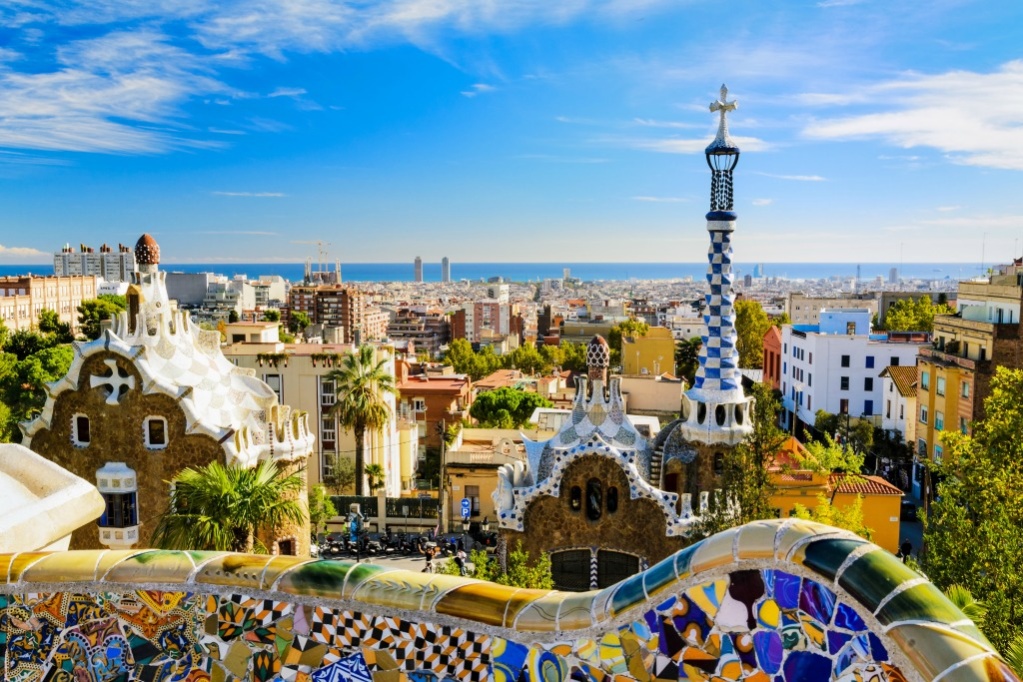

Casa Mila
Casa Milà, commonly known as La Pedrera, stands as an architectural marvel in Barcelona, crafted by the visionary architect Antoni Gaudí. Finished in 1912, it represents a splendid illustration of Modernisme, Barcelona’s distinctive interpretation of Art Nouveau. The edifice boasts a sinuous stone facade, embellished with wrought-iron balconies and artistic embellishments, evoking a natural, hand-carved aesthetic. Within Casa Milà, Gaudí’s pioneering design principles come to life, featuring organic forms, imaginative interiors, and an iconic rooftop terrace adorned with whimsical chimney sculptures. As a UNESCO World Heritage Site, it serves as a tribute to Gaudí’s extraordinary talent and continuously captivates visitors with its artistic and structural excellence.
Address: Provença, 261-265, 08008 Barcelona, Spain
Las Ramblas
La Rambla (or Las Ramblas) is a wide pedestrian walkway lined with tress that is a huge tourist draw in Bracelona. A stroll along the 1.2km long La Rambla one is surrounded by with souvenir shops, buskers, pavement artists, along with food and everyday life. Named for a stream that once flowed here La Rambla has been a meeting place for both locals and visitors since the middle ages
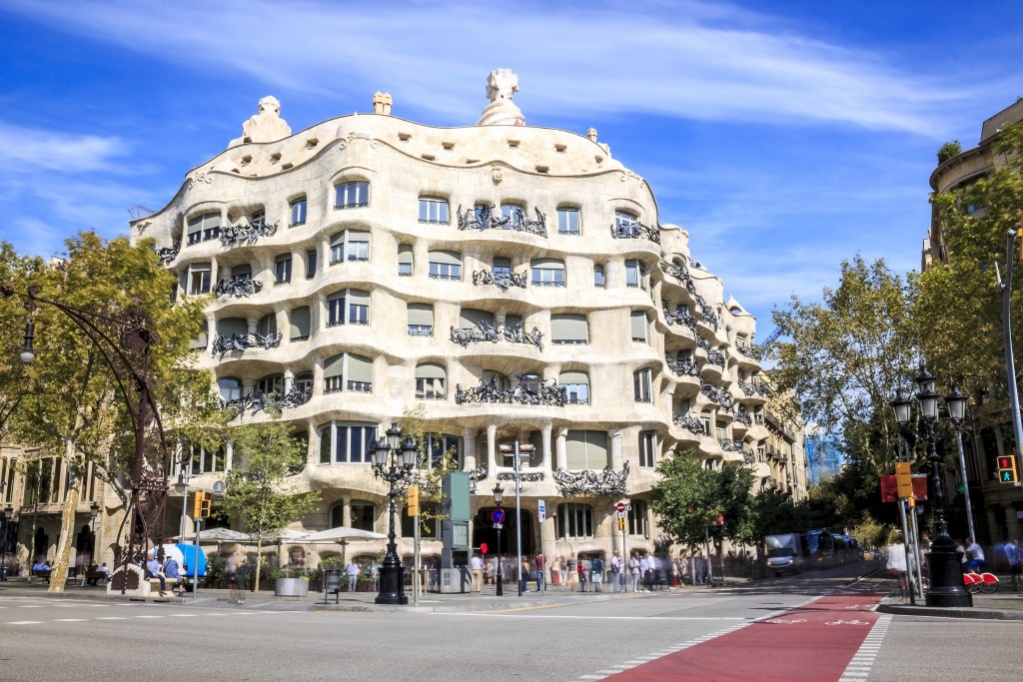
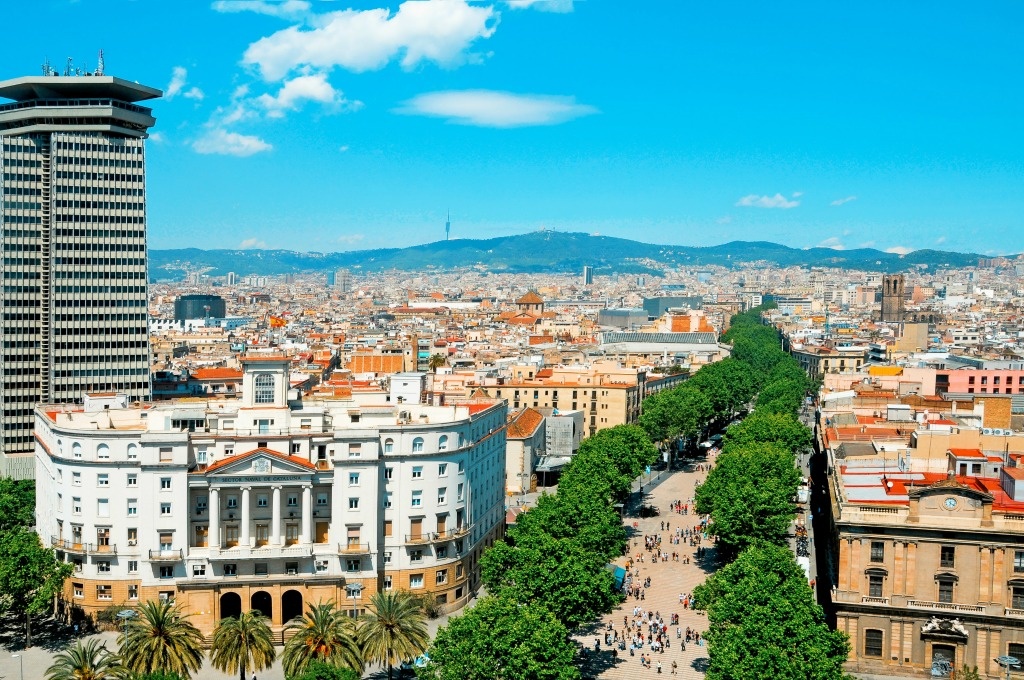
Barcelona Gothic Quarter
The Gothic Quarter, or Barri Gòtic, in Barcelona is a captivating labyrinth of narrow medieval streets and historic buildings that form the heart of the city. Dating back over 2,000 years, its history is as rich as its architecture. Founded by the Romans, the Gothic Quarter was the center of the ancient city of Barcino. Today, its cobblestone streets are lined with Gothic and Romanesque churches, Roman ruins, and charming squares. The grand Cathedral of Barcelona, with its intricate facade and serene courtyards, is a prominent landmark. Wandering through this atmospheric district, visitors can explore centuries of history, culture, and Catalan traditions, making it a must-visit for anyone seeking to immerse themselves in the essence of Barcelona.
Cable Car
Transbordador Aeri de Port’ Cable Car – For a great view of the city catch the cable car that connects Montjuic and Barceloneta. Hop on in Barceloneta at the top of the Torre San Sebastian tower and travel up the hill to Montjuic a hill that overlooks the Barcelona harbour.
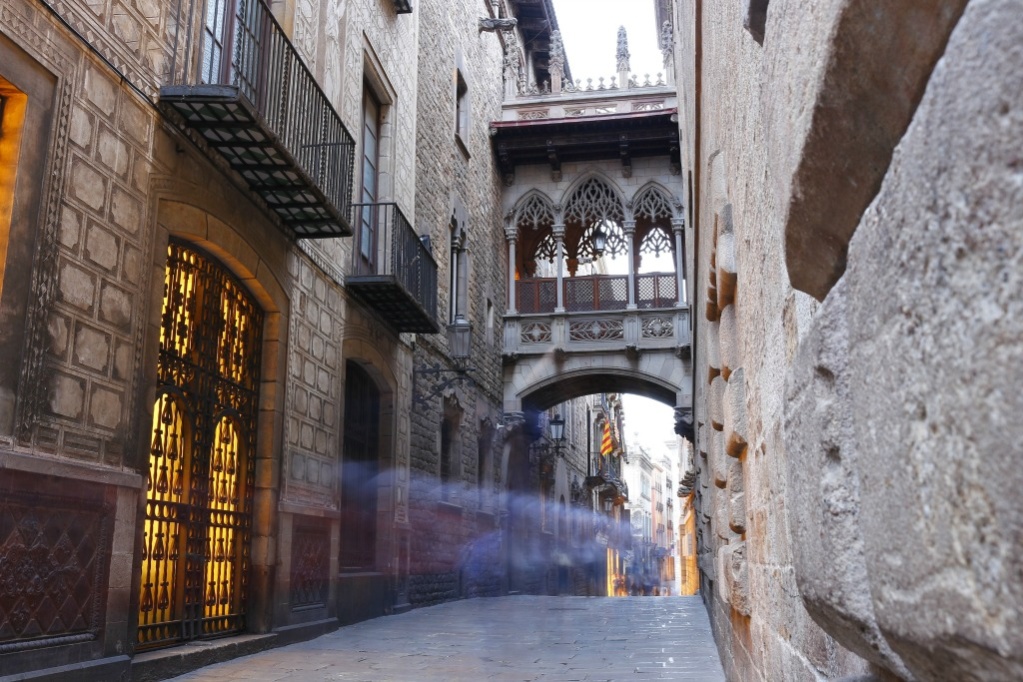

Josep Mercat de Sant de la Boqueria Market Barcelona Spain
Josep Mercat de Sant Josep de la Boqueria, commonly known as La Boqueria Market, is an iconic food market located in the heart of Barcelona, Spain. Established in the 13th century, it stands as one of the city’s most vibrant and historic culinary hubs. With its bustling atmosphere and an array of colorful stalls, La Boqueria is a sensory delight, offering an extensive selection of fresh produce, seafood, meats, cheeses, spices, and ready-to-eat dishes. Visitors can savor the flavors of Spain through traditional tapas, Catalan specialties, and international cuisine. The market not only caters to the gastronomic desires of locals and tourists but also serves as a cultural focal point, reflecting the city’s rich culinary traditions and vibrant way of life. La Boqueria is a must-visit destination for food enthusiasts and anyone looking to experience the authentic tastes of Barcelona.
Address: La Rambla, 91, 08001 Barcelona, Spain. Closed Sundays and Fridays
Montjuic Castle
Montjuïc Castle, perched atop the Montjuïc hill overlooking Barcelona, is a historic fortress with a storied past dating back to the 17th century. Originally built as a military stronghold, it has served various purposes over the centuries, including as a prison and a symbol of oppression during the Spanish Civil War. Today, it stands as a testament to Barcelona’s complex history and offers stunning panoramic views of the city and its harbor. Visitors can explore its ancient walls, visit the military museum housed within, and wander through the picturesque gardens that surround it. Montjuïc Castle is not only a historical landmark but also a serene escape from the city’s bustling streets, making it a must-visit destination for both history enthusiasts and those seeking breathtaking vistas in the heart of Barcelona
